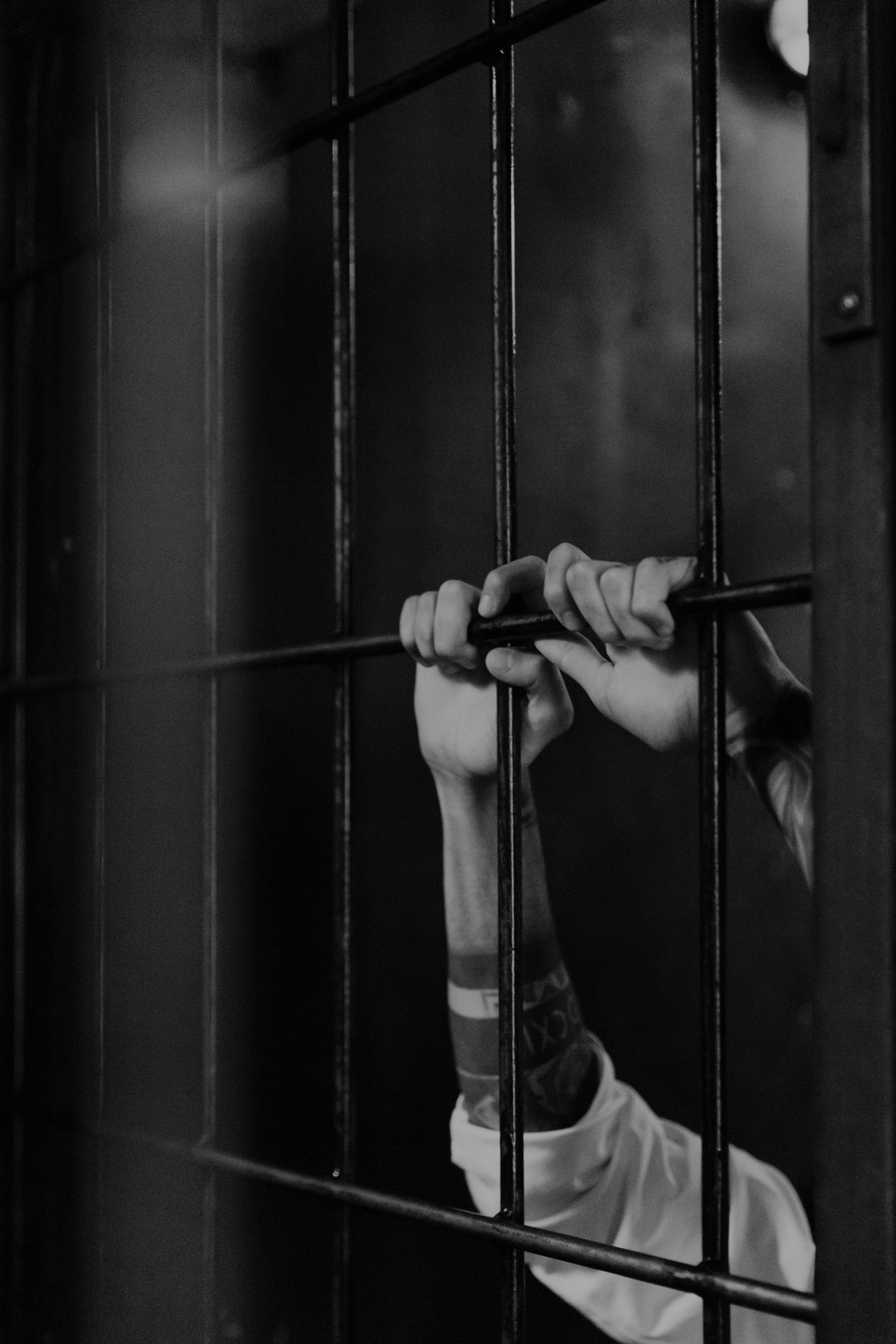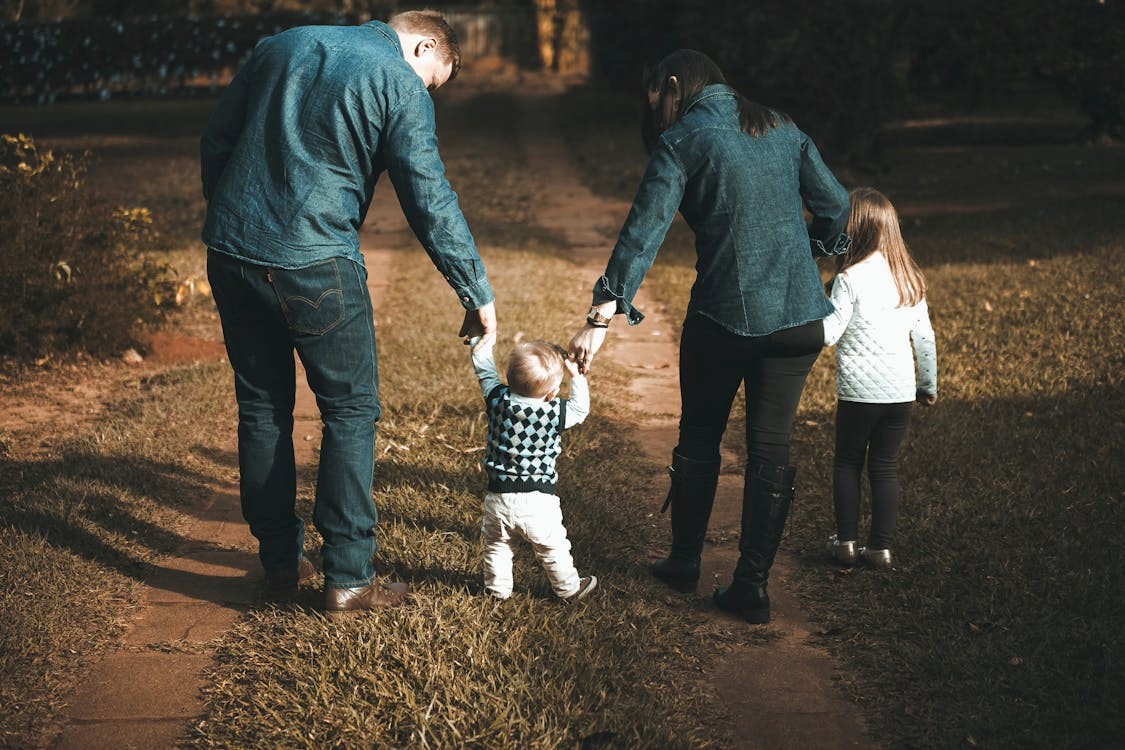This summer many of us became budding couch detectives and expert criminologists, all from the air-conditioned comfort of our very own lounge-rooms, as we sat glued to the TV screen and on the edge of our seats, watching the rivetting Netflix series Making a Murderer. Without giving away too much for those who haven’t finished the series, Making a Murderer is a documentary treatment of the true crime story of Steven Avery, a man convicted of sexual assault and attempted murder, and then exonerated and freed from prison after serving 18 years for the crime. But the story doesn’t end there, and – SPOILER ALERT – the next shocking turn of events has left many people stunned and outraged over the terrifyingly capricious and sometimes sinister workings of the American legal system, leaving many scratching their heads and asking ‘could what happened to Stephen Avery happen here in Australia?’
Photo: Ron Lach
Source: Pexels
The short answer is yes, of course it can and does happen in our very own backyard. We don’t have to look any further than the infamous Lindy Chamberlain case to dispel any doubt of that. After nine-week-old baby Azaria Chamberlain disappeared during a family camping trip to Uluru in 1980, her distraught parents Lindy and Michael Chamberlain maintained they saw a dingo leave the tent where their baby daughter had been sleeping on the night she disappeared. When police found what they thought was baby’s blood in the Chamberlains’ family car, Lindy was accused and convicted of killing her child. She spent three years in prison for the crime before her conviction was overturned after it was found the so-called “baby’s blood” was actually car battery fluid. Eight years after the child’s disappearance investigators eventually uncovered new evidence that unequivocally confirmed the Chamberlains’ original story. Finally, in 2012, a new coronial inquiry confirmed a dingo had indeed taken baby Azaria from the campsite in 1980, and had caused her death.
The producers of the series Making a Murderer have been criticised for leaving out key pieces of evidence from the trial to sway viewers’ perception. Maybe so, but they have certainly raised some very compelling questions about the American criminal justice system. If the story they told is even half true the Steven Avery case calls into consideration just about every scary agent for wrongful conviction one could imagine, from junk science, incompetence, and ham-fisted investigative techniques, to downright down-and-dirty double-dealing, and it could sound some timely and important warnings for Australian authorities. The truth is wrongful convictions do occur, and not just in America.
Whether or not Steven Avery is an innocent man is still an open question, but his new lawyer claims his defence team is on the cusp of what will be an exciting new development. A second series perhaps? Only time will tell.












